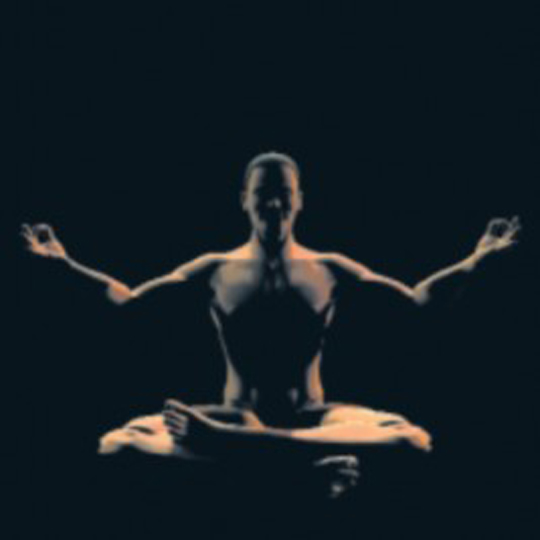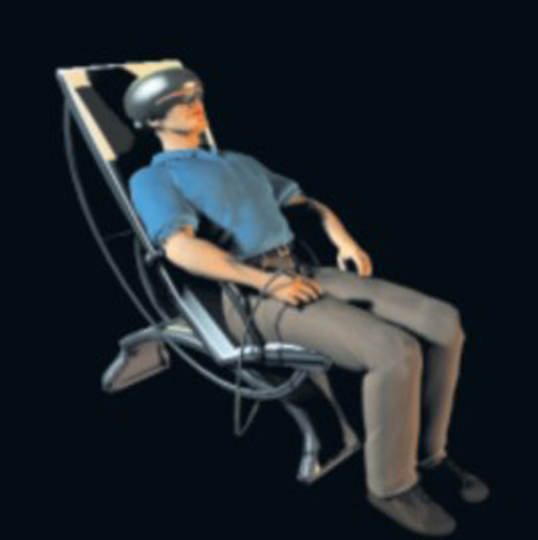“Meditation Chamber” by Gromala
Conference:
Experience Type(s):
E-Tech Type(s):
Entry Number: 14
Title:
- Meditation Chamber
Organizer(s)/Presenter(s):
Collaborator(s):
Description:
Alternative therapeutic techniques related to relaxation and management of stress are increasingly employed to augment traditional treatment by drug-based, medical therapies. A vast body of results presented in the literature shows that these alternative treatments have great promise and warrant continued use and study. Drug-resistant epilepsy, hypertension, asthma, anxiety disorders, depression, and chronic pain are only a handful of the medical problems that have been successfully addressed through relaxation and meditation techniques.
Though the effects are not fully understood, these relaxation techniques are believed to stimulate production of certain important hormones. It has been demonstrated that experienced practitioners of transcendental meditation create in themselves the same endorphin-release reaction generated by physical exertion in experienced runners, often referred to as the “runner’s high.” It has also been shown that melatonin, thought to be important in health maintenance and prevention of diseases such as breast and prostate cancer, is found in significantly higher levels in regular meditators.
One roadblock to effective relaxation therapies is the consistency and quality of the experience. Not all formally trained physicians are trained to administer alternative treatments. Also, many people have difficulty with visual imagery and are not good candidates for meditation exercises.
The goal of this research is to design and build an immersive virtual environment that uses visual, audio, and tactile cues to create, guide, and maintain a user’s guided relaxation and meditation experience. The virtual environment’s design is based on current clinical best-practice techniques used for training and support of clients through a meditation or guided relaxation experience, such as: biofeedback electromyography, progressive muscle relaxation, guided meditation, and mindfulness meditation. We have explored various kinds of visual and audio experiences to evaluate which are most effective in promoting these relaxation techniques.
There are several possible advantages of using a virtual environment to support meditation and guided relaxation. Patients without good imaging skills can benefit from the use of meditation. Clinicians with minimal training in meditation and guided imagery are able to provide a consistent, high-quality relaxation and meditation experience for their clients. And, by providing specific meditation environments, we can guarantee that participants in future studies of the usefulness of meditation and relaxation techniques all receive identical training and treatment.
Other Information:
Supervisors
Larry Hodges
Diane Gromala
Chris Shaw
Jay Bolter
Visual Design
Mirtha Ferrer
A. Fleming Seay
Sue Rinker
Audio
Eli Wendkos
Production
A. Fleming Seay
Sue Rinker
Eli Wendkos
Robert Todd
Colin Henderson
Chris Campbell
Acknowledgements:
The collaborators thank the Graphics, Visualization, and Usability
Center; the School of Literature, Communication, and Culture;
and the College of Computing at the Georgia Institute of
Technology for their support of this project.






